Milton Road Trees Mini Bus Tour
Posted on Monday 21 May 2018
Mini bus tour of 8 sites in respect to possible tree selection for the Milton Road scheme under the city deal - 24th April 2018
You can download the original PDF version of this report written by Anne Hamill here: trees_report.pdf
Participants: Paul van de Bulk, 2 tree officers (Kenny McGregor, Dinah Foley-Norman), Landscape Architect (Henry Casement), Cllr Joceylnne Scutt and 5 local residents [Dorcas Fowler, Anne Hamill, Maureen Mace, Rowland Thomas, Richard Swift].
Introduction
KM explained the role of the tree officers and their team. With regard to maintenance, a tour of all the trees in Cambridge was carried out every 3 years to inspect health. It was important to choose new trees which would withstand the site conditions, be species with best resistance to known pathogens, and those which would enhance the streetscape. There had been mistakes in some of the tree plantings in Cambridge in the past and he reassured participants that learning had taken place as a result of these failures.
PvB informed the group that approx. £23million was earmarked for the Milton Road scheme, but no specific allocation for planting as yet.
During the course of the tour KM explained that, due to the increasing number of pathogens (possibly as a result of climate change), it was wise to have, say, two species of trees comprising an avenue as a form of protection, these varying on the three different sections of Milton Road. Milton Road was wider in some parts than others and this would affect choice. However, there were possible planting areas suitable for a group of trees, not all of the same species, e.g. by the Golden Hind, which could accommodate larger specimens.
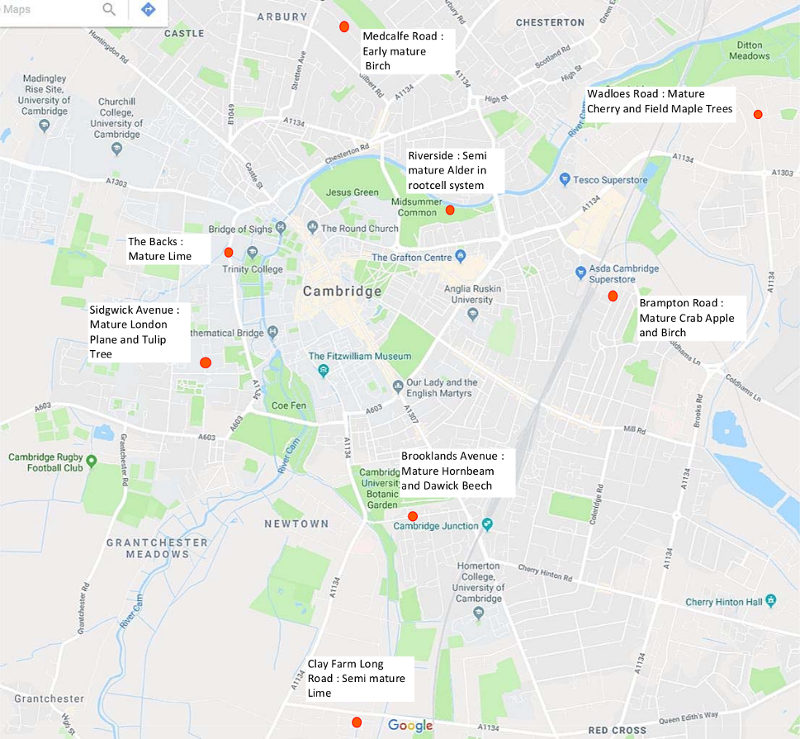
Site 1 - Metcalfe Road
Species Viewed: Early Mature Birch
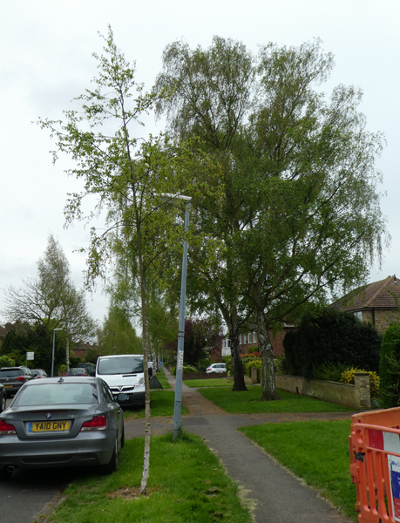
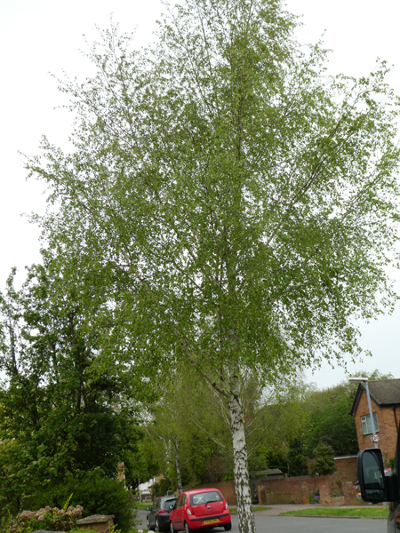
Birches grew well, enriched the soil by fixing nitrogen, were durable (i.e. 80 – max. 120 years), and had low water demand.
Site 2 - Drive-Through Site - Queens' Road
Species viewed from minibus, Lime trees (not clear whether these were the non-sap producing variety). Some Council-planted, some on University land; an example of how mature, medium canopy trees can be planted on a major thoroughfare without causing issues for vehicles.
Site 3 - Sidgwick Avenue
Species Viewed: Mature London Plane
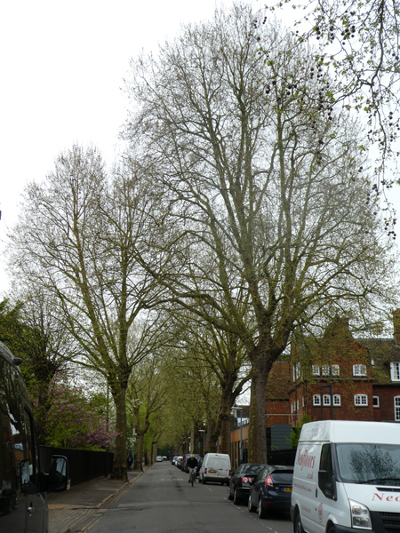
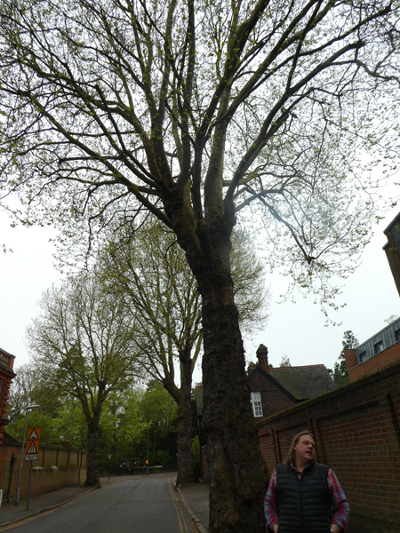
Species Viewed: Tulip Tree
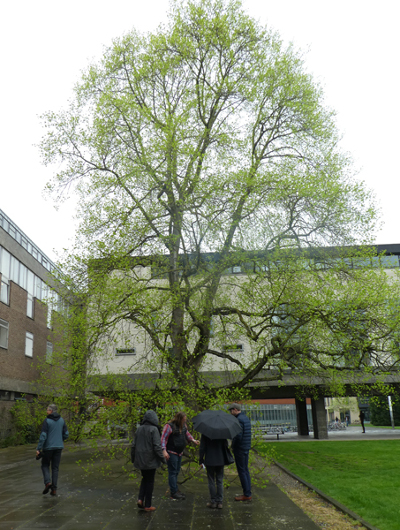
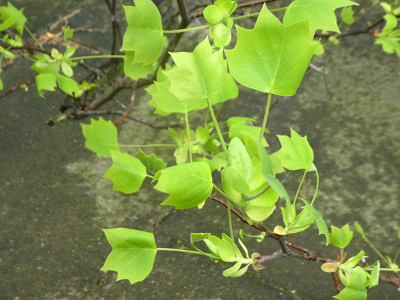
London Plane trees were “bombproof”. Long lasting, surviving pathogens (although some early warning recently reported in Europe), could be pollarded (although this was dangerous to tree surgeons in narrow areas close to roads). In Sidgwick Avenue, roots broke up pavements making problems for push chairs/wheelchairs.
Tulip trees were a suitable choice for larger spaces. Lower branches could be pruned. Robust, pollutant- and heat- resistant. No known pathogens. Less flare at base of trunk than London planes. Quick growing.
Site 4 - Brooklands Avenue
Species Viewed: Mature Hornbeam and Dawyck Beech
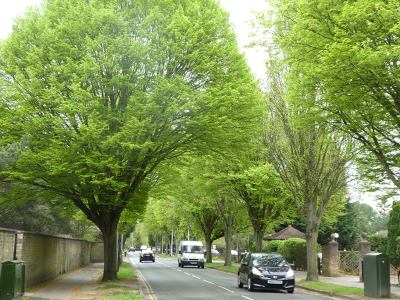
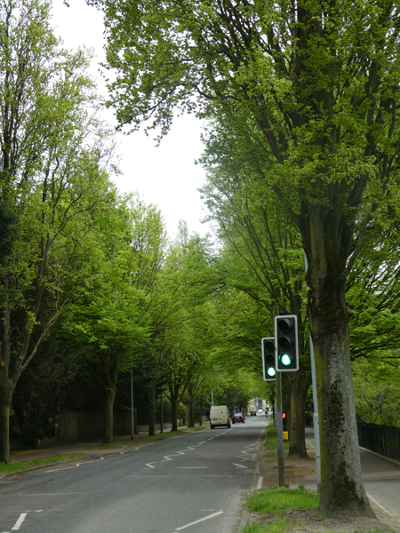
There were some problems with the hornbeams (rust), possibly caused by salting roads in winter. Viewed in tight area i.e. narrow verges. An example of how two different species worked well together. [Together, these two species formed a very dense canopy, which was OK on Brooklands Avenue as properties set far back from trees, but would occlude light from adjacent houses where front gardens are small or absent.]
Site 5 - Aura Development in Great Kneighton
Species Viewed: Semi-Mature Lime Trees - Small-Leaved Variety
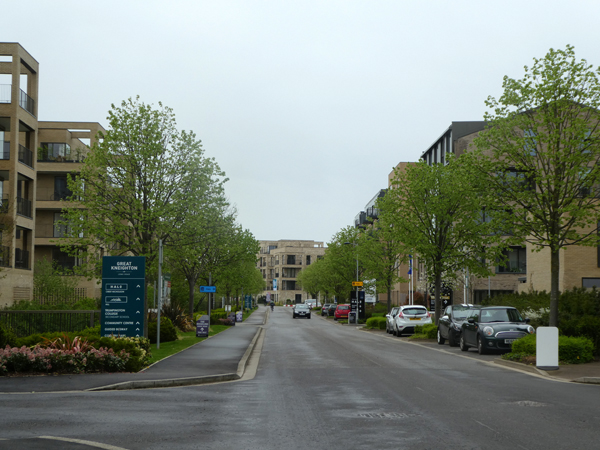
Very costly with regular maintenance in expensive development area. Survival in other areas would be high risk (KM).
NB. There are varieties of lime trees which do not produce sticky sap, as they have hairy leaves which aphids avoid. [Think these are that variety.]
Site 6 - Brampton Road
Species Viewed: Pears (Chanticleer), Crab Apples, Whitebeam
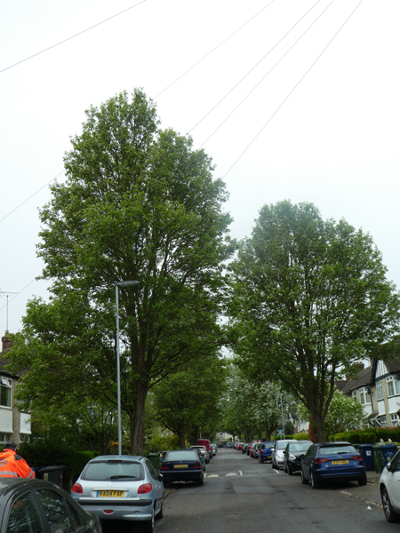
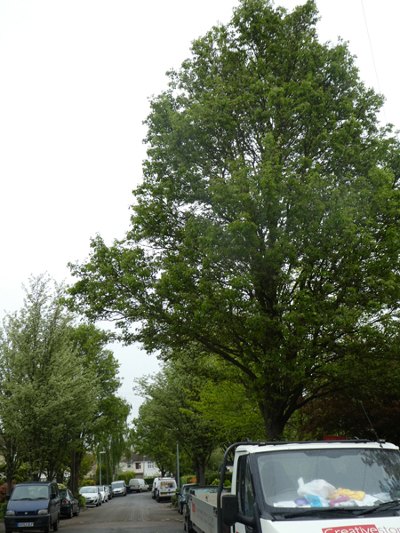
Flowering pears conical shape, have flowers and autumn colour, grow in poor sites. Suitable for narrower stretches of Milton Road. Crab apples – problem with mushy fruit on the ground (objections from residents). Whitebeam – tough trees, light coloured leaves, get broad but would be suitable for “break out points” along the road.
Site 7 - Wadloes Road
Species Viewed: Mature Cherries and Field Maples
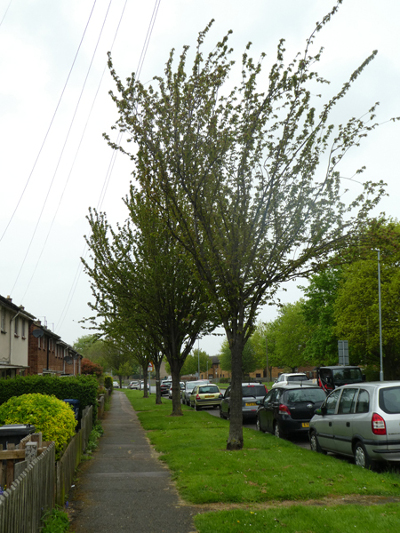
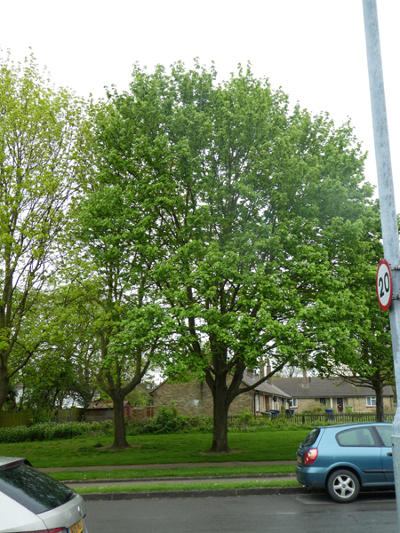
Cherries – upright Y-shaped conical, quite tough, fit in narrow sites. Could use bigger cherry (e.g prunus avium) on corner, say, of a group of larger trees.
NB Horsechestnuts being devastated by pathogen, will soon become rare.
Site 8 - Riverside
Species Viewed: Semi-Mature Italian Alders in Rootcell System (i.e. No Verge for Planting)
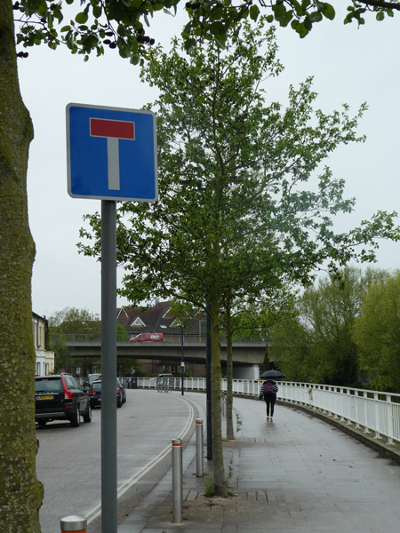
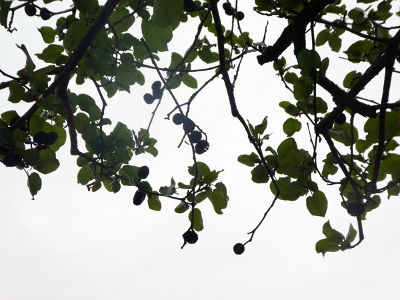
Commonly used in urban sites in Europe. Well-behaved trees. Rootcell system effective for providing water needed. Slender with heart shaped leaves. Yellow autumn colour.
